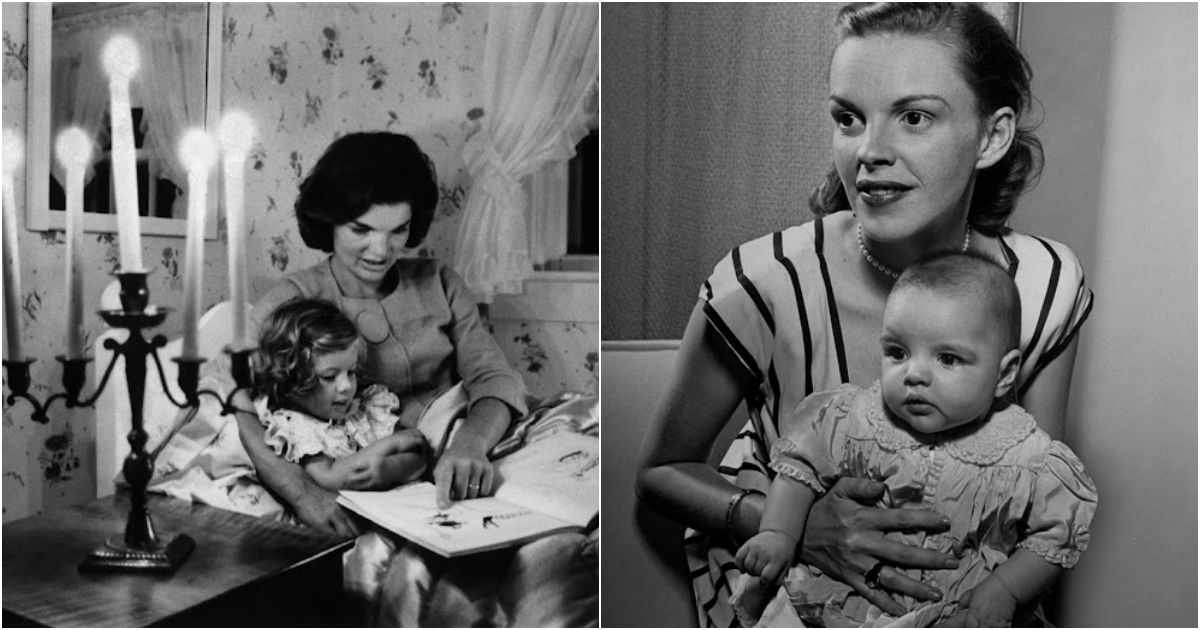On July 28, 1945 – Betty Lou Oliver survived falling 75 stories after fog causes a US bomber plane to crash into the Empire State Building, breaking the cables supporting the elevator she was operating. This remains a world record for the longest survived elevator fall.

|
| Smoke streaks out of the Empire State Building’s 78th floor windows shortly after a B-25 Bomber crashed into the east wall of the skyscraper. July 28, 1945. |
 |
| A view from above, also an indication of how far Betty fell when in the elevator. |
 |
| Destruction on the 79th floor. |
Oliver was working as an elevator operator in the Empire State Building on July 28, 1945, when an American B-25 smashed into the 78th floor of the famous landmark. There was a thick fog across New York that day, and the pilot hadn’t seen the structure coming. Fortunately, Oliver was not in her elevator when the plane exploded into the building, tearing a hole in the side and starting fires on multiple floors. Unfortunately, rescuers trying to get an injured Betty Lou onto a gurney and down to the ground floor put her into an elevator somewhere around the 75th floor.
The crash had sent pieces of engine like shrapnel into the building, severing the cables of the elevator Betty Lou was put in. Her weight sent the small metal box plummeting 75 stories in free fall. After a 1000ft. drop, the elevator smashed into the basement, crumpling like a tin can on impact. Betty Lou was, incredibly, still alive—though badly injured—when rescuers found her for the second time. The metal lift cables had fallen to the bottom of the elevator shaft in a coil before the elevator reached the bottom, creating a crude but effective cushion which softened the impact slightly.
 |
| An injured woman is removed from the Empire State Building after the B-25 Bomber plane crash. |
 |
| A man hovers over a piece debris from the B-25 Bomber near 33rd Street. |
 |
| The view of the Empire State Building after a B-25 Bomber crash. |
 |
| Workmen clear up the wreckage of the B-25 Bomber that crashed into the Empire States Building at the 78th floor. |
 |
| A view of the hole rammed into the 78th and 79th stories of the Empire State Building by a B-25 Bomber flying in the fog. Part of the wreckage hangs from the 78th story. |
 |
| A man examines charred documents in an office in the Empire State Building after a B-25 Bomber crashed into the side of the building. |
 |
| Don Maloney, Coast Guardsman, carries a first aid kit as he helps injured woman down stairs at the Empire State Building after B-25 Bomber crashed into the building. |
It turned out that the B-25 was a service bomber being transported from Massachusetts to LaGuardia Airport in NYC when the tragic collision occurred. The pilot, war hero Captain William Smith, had been advised by LaGuardia not to attempt a landing in such bad fog, but Smith ignored the order, got disoriented, and ended up smack in the middle of Manhattan. He, two crew members, and 11 people inside the Empire State building perished.
Betty, just 20-years-old, broke her pelvis, back, and neck. She spent months stabilizing in the hospital, but recovered fully within the year. Bizarrely, the day of the crash had been her last scheduled day on the job—she was supposed to be leaving New York City to join her husband, Oscar Lee, at Fort Smith in Arizona. That trip was obviously delayed a bit. She did eventually get there, with one a hell of a story to tell.
 |
| After being discharged from the hospital, Betty Lou Oliver, who fell 75 floors in an elevator during the incident, returns to the scene of the tragic accident. Dec. 2, 1945. |




